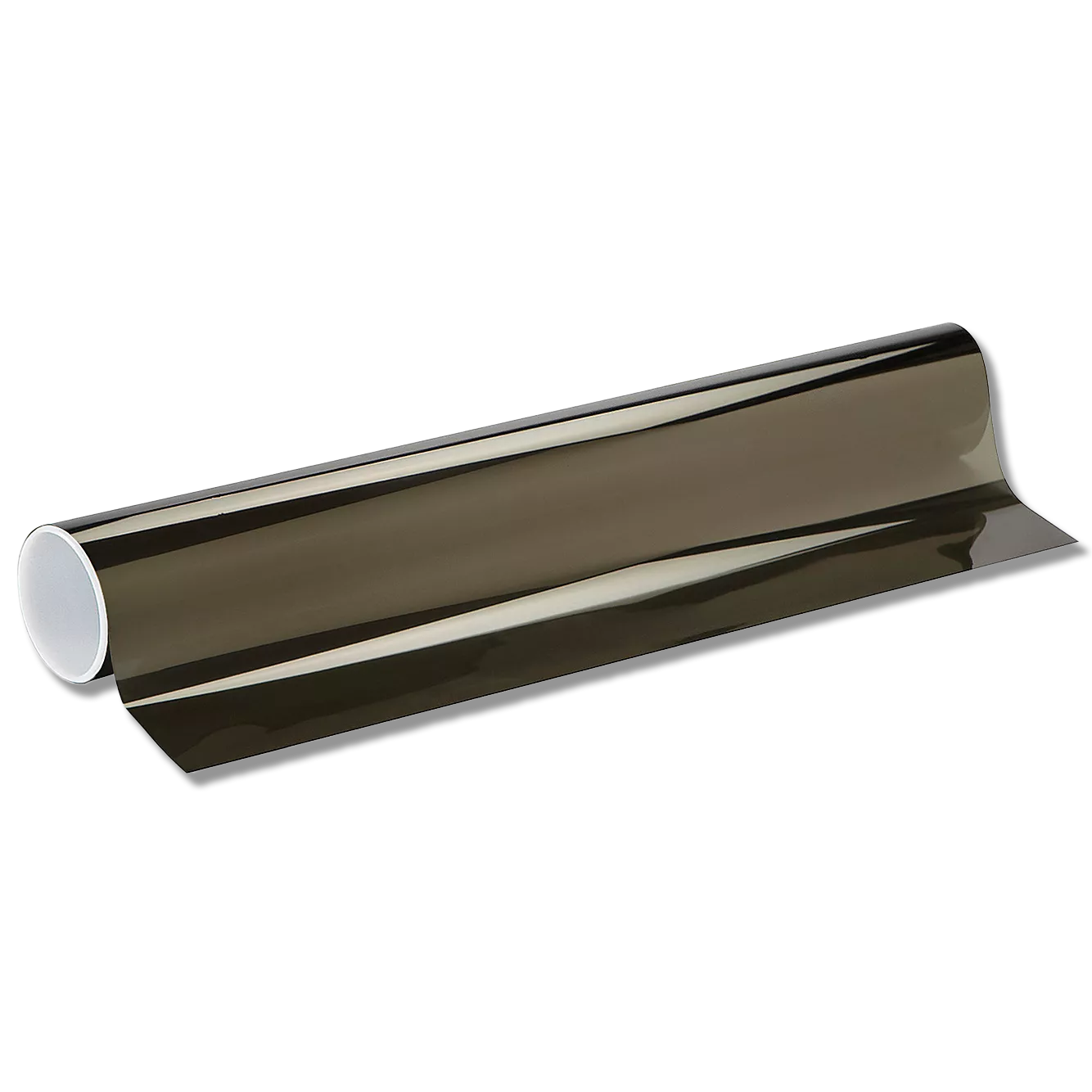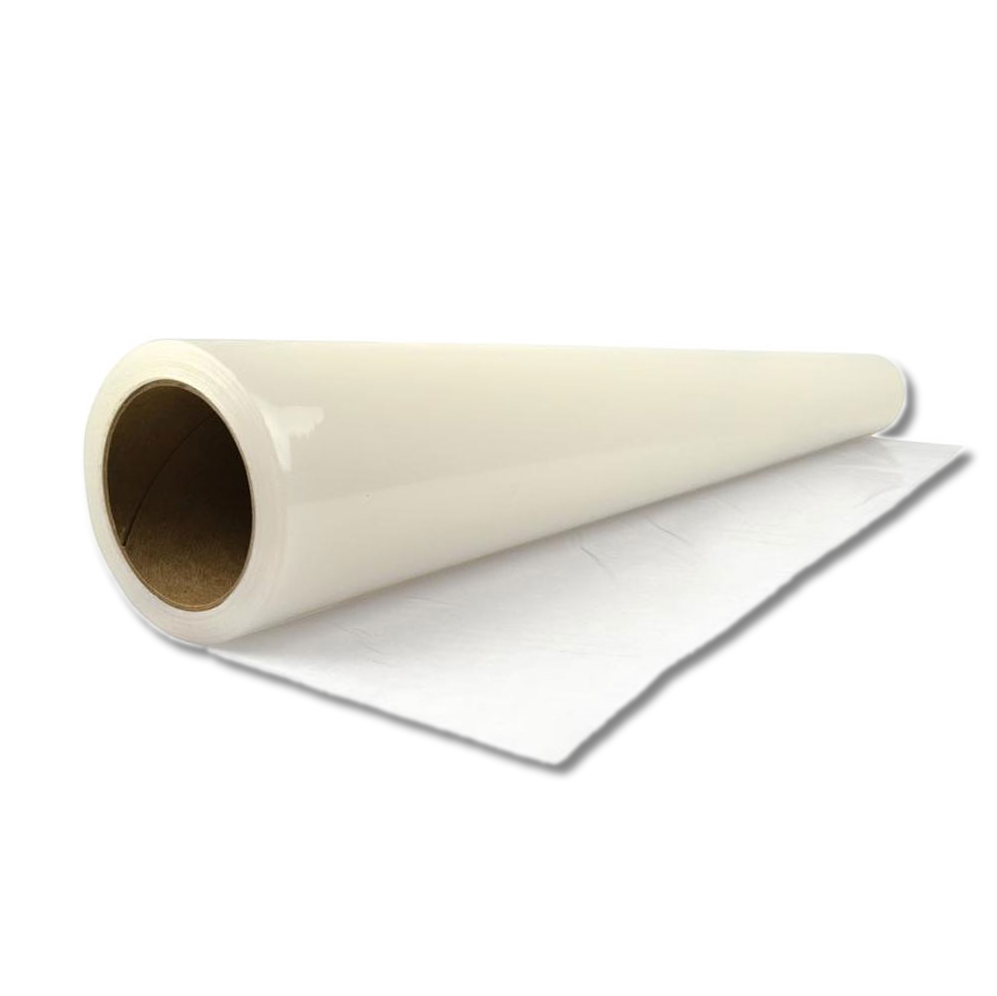blog
Performance rating of glass windows and glass windows with films in aspect of thermal comfort and heat transmission
- 2024.05.28
- Martin. C
This page is a glimpse of the journal on the glass windows which was published on Energy and Buildings by Elsevier.
To view the article, go to the following site at https://www.sciencedirect.com/science/article/abs/pii/S0378778804003421.
Performance rating of glass windows and glass windows with films in aspect of thermal comfort and heat transmission
Somsak Chaiyapinunt a, Bunyarit Phueakphongsuriya a, Khemmachart Mongkornsaksit a, Nopparat Khomporn b
a Mechanical Engineering Department, Faculty of Engineering, Chulalongkorn University, Bangkok 10330, Thailand
b Mechanical Engineering Department, Faculty of Engineering, Siam University, Bangkok 10160, Thailand
Received 18 May 2004, Revised 28 July 2004, Accepted 4 October 2004, Available online 30 December 2004.
Abstract
This article is about a study on glass window and glass window with film of different types in aspect of thermal comfort and heat transmission. Different types of glass window, clear glass, tinted glass, reflective glass, double pane glass, and low-e glass were investigated. Films with different spectral optical properties were then adhered to the glass windows of different types and studied. The analysis was done based on the outside design weather condition which selected from 12 years of Bangkok meteorological data. Predicted percentage of dissatisfied (PPD) was selected as the thermal comfort index. The relative heat gain (RHG) based on local weather condition was selected as the heat transmission index. The PPD can be subdivided into the PPD due to surface temperature effect and the PPD due to solar radiation effect. The analysis indicated that, for most of the glass windows considered except the reflective glasses, the values of PPD due to solar radiation effect were much larger than the values of PPD due to surface temperature effect. And the most discomfort condition occurred when using a clear glass as window. Adhered films to the glass windows caused the PPD due to surface temperature effect increase and cause the PPD due to solar radiation effect decrease. It was also found that the PPD values due to solar radiation effect for glass windows and glass windows with films were varied linearly with the total transmittance of glass windows and glass windows with films. The PPD values due to surface temperature effect were varied with the total absorptance of glass windows and glass windows with films in an almost linear fashion. The heat transmission index, RHG, based on chosen design weather condition can be subdivided into the RHG due to conduction effect and RHG due to solar radiation effect. The analysis indicated that the values of RHG due to solar radiation effect were larger than the values of RHG due to conduction effect for all glass windows and glass windows with films considered in this study. Adhered film to the glass windows resulted in lowering the relative heat gain due to solar radiation in the amount corresponding to the film properties. But the film had very few effect on the relative heat gain due to conduction. The relative heat gain values were varied linearly with the total transmittances of the glass windows and glass windows with films. The relative heat gain values were also varied inversely with the absorptances of glass windows and glass windows with films in a linear fashion.
Introduction
Large office and commercial buildings in Thailand usually have large amount of glass windows installed as the building envelopes. The glass windows are installed to serve as physical and visual connection to outsiders, as well as to make the appearance of buildings look more aesthetic. And since Thailand is located in the tropical zone near the equator. The weather is hot and humid for most of the year. Therefore, besides the advantage of the glass windows as described above, the glass windows installed in buildings in Thailand also act as a means to admit solar radiation into buildings and convert it into building heat gain and then building cooling load, respectively. Such buildings which are air conditioned will usually consume more energy from the air conditioning system to take care of the cooling load due to large amount of solar radiation passing through glass windows. At the same time, Thailand has also issued the energy conservation promotion act B.E. 2535 (1992) [1] and ministry regulation on designated building B.E. 2538 (1995) [2] to control the energy usage in buildings. According to the regulation, the amount of heat gain through building envelopes (Overall Thermal Transfer Value, OTTV and Roof Thermal Transfer Value, RTTV) are limited to certain values. The regulation also enforced on the existing buildings and new buildings. Large buildings in Thailand that constructed before the regulation been issued (defined as existing buildings) usually have large amount of glass windows installed as building envelopes. And those buildings shall have the values of heat gain passing through envelopes exceeding the regulation values. Therefore those buildings have to be corrected by changing the envelope thermal properties to reduce the heat gain through the envelopes to the regulation value. The easiest way to change the building envelope properties especially on the glass windows is to adhere films on the glass windows. Data of film properties available for customer in Thailand are usually given in the form of overall values (not in function of wavelength) and the values given are usually referenced to a clear glass. But glasses used for glass windows in existing buildings can have various types, such as, clear glass, tinted glass, and reflective glass, etc. Therefore, when one wants to change the glass window properties to reduce heat transmission by adhering the film to the glass window which is not a clear glass, one cannot directly use values of the given film properties to analyze. Spectral optical properties of the individual glass and film are needed in order to find the spectral properties of glass with film. Glass windows and glass windows with films affected the building not only on thermal transmission but they also affected on thermal comfort and visual comfort. Therefore, the understanding of the thermal performance of glass windows and glass windows with films in aspect of heat transmission and thermal comfort shall be the essential things for design architects, design engineers, building owners, and officers who responsible for enforcing and issuing energy policy. This article describes the study for thermal performance rating of the glass windows and glass windows with films under local design condition.
Section snippets
Thermal comfort index and heat transmission index
Thermal comfort is defined as the condition of mind that expressed satisfaction with the thermal environment (ISO 7730 [3] and ASHRAE Standard 55 [4]). Thermal comfort can be predicted in several ways. One way to describe the state of thermal comfort is to use predicted mean vote (PMV) index and predicted percentage of dissatisfied (PPD) index. PMV index is defined as the index predicting the mean response of a large group of people to thermal environment. The index is classified as seven…
Validation of some mathematical models
The experimental results chosen to validate the simulated heat gain through glass windows are the measured values performed by Klems et al. [13] and the measured values performed by Morya [16]. The first set of experimental results are the measured values performed on the MoWiTT (Mobile Window Thermal Test) facility which the unit located on the campus of the University of Nevada, Reno. The MoWiTT is a mobile calorimetric facility designed to measure the net heat flow through a fenestration as…
Design condition
Many thermal properties of glass windows and glass windows with films, such as overall coefficient of heat transfer (U), solar heat gain factor (SHGF), solar heat gain coefficient (SHGC), and shading coefficient (SC), are dependent on the outside and inside condition of the considered enclosure. For this study, the design outside condition is chosen based on 12 years (1988–1999) of Bangkok weather data collected by the meteorological department. The selection is done based on considering the…
Glass and film
To accurately analyze the thermal performance of the glass windows and glass windows with films, one needs to know the spectral properties of the individual glass and glass with film. Therefore the data of spectral properties which varied with the wavelength are required. The solar radiation shall have spectral range from about 0.38 to 3.5 μm. The range of wavelength of the solar radiation spectrum can be divided into the visible range (0.38–0.76 μm) and the infrared range (0.76–3.5 μm). Different…
Analysis
The analysis is done by firstly obtaining the spectral properties of individual single glass of different types and thickness and the spectral properties of double pane glass of different types. Then the spectral properties of glass windows with films of different types are obtained by combining the spectral properties of individual glass and film by using OPTIC 5 [9] which the calculating method is based on the model suggested by Rubin et al. [11]. Then the total optical properties (in solar…
Conclusion
The study shows that the thermal performance of glass windows and glass windows with films are dependent on the spectral properties of the glass windows and glass windows with films. The thermal comfort index chosen (PPD) will consist of PPD due to solar radiation effect and PPD due to surface temperature effect. Most of the glass windows and glass windows with films considered except reflective glasses have larger values of PPD due to solar radiation than PPD due to surface temperature. It is…
Acknowledgements
The authors are grateful for financial support from the National Metal and Materials Technology Center, National Science and Technology Development Agency.

 Pender
Pender
 Rode
Rode
 Santana
Santana
 Shure X
Shure X
 Camo
Camo
 Sunset R
Sunset R
 Reiney Blue
Reiney Blue
 Aura
Aura
 Aero Shield 500
Aero Shield 500
 Aero Shield 700
Aero Shield 700



